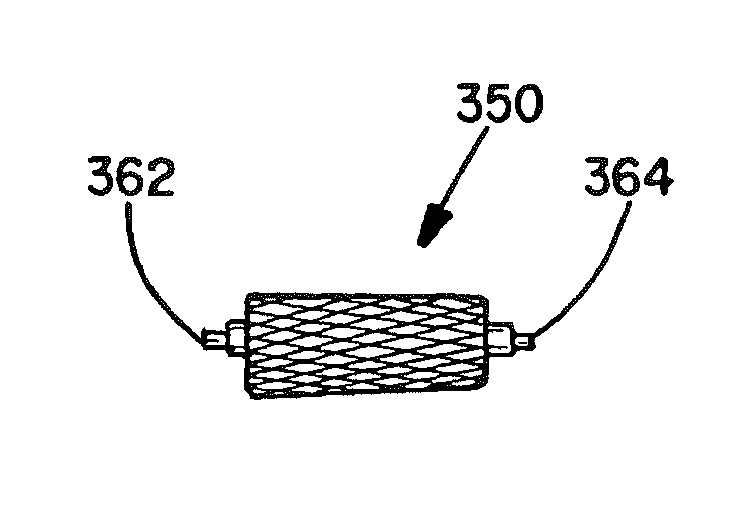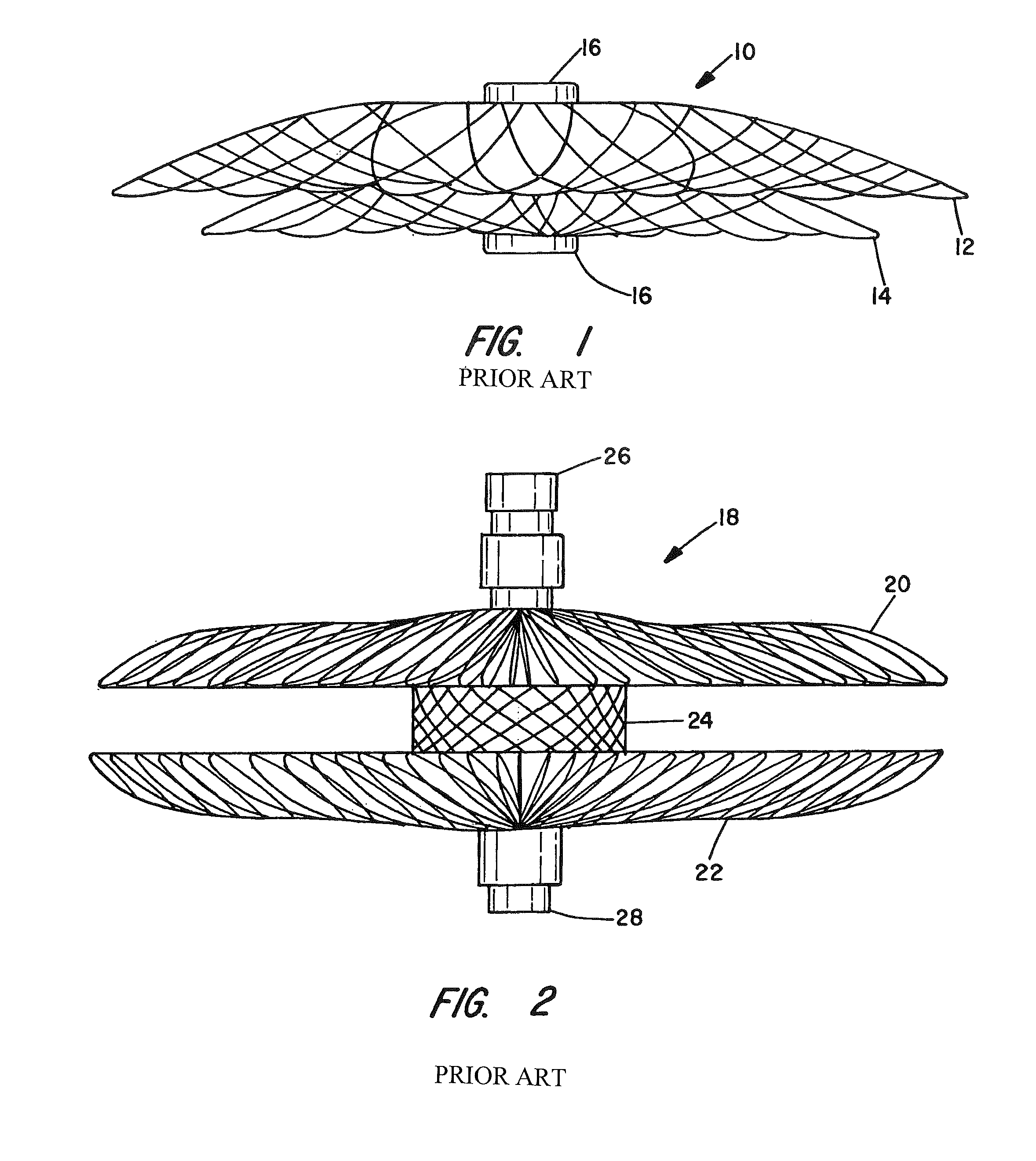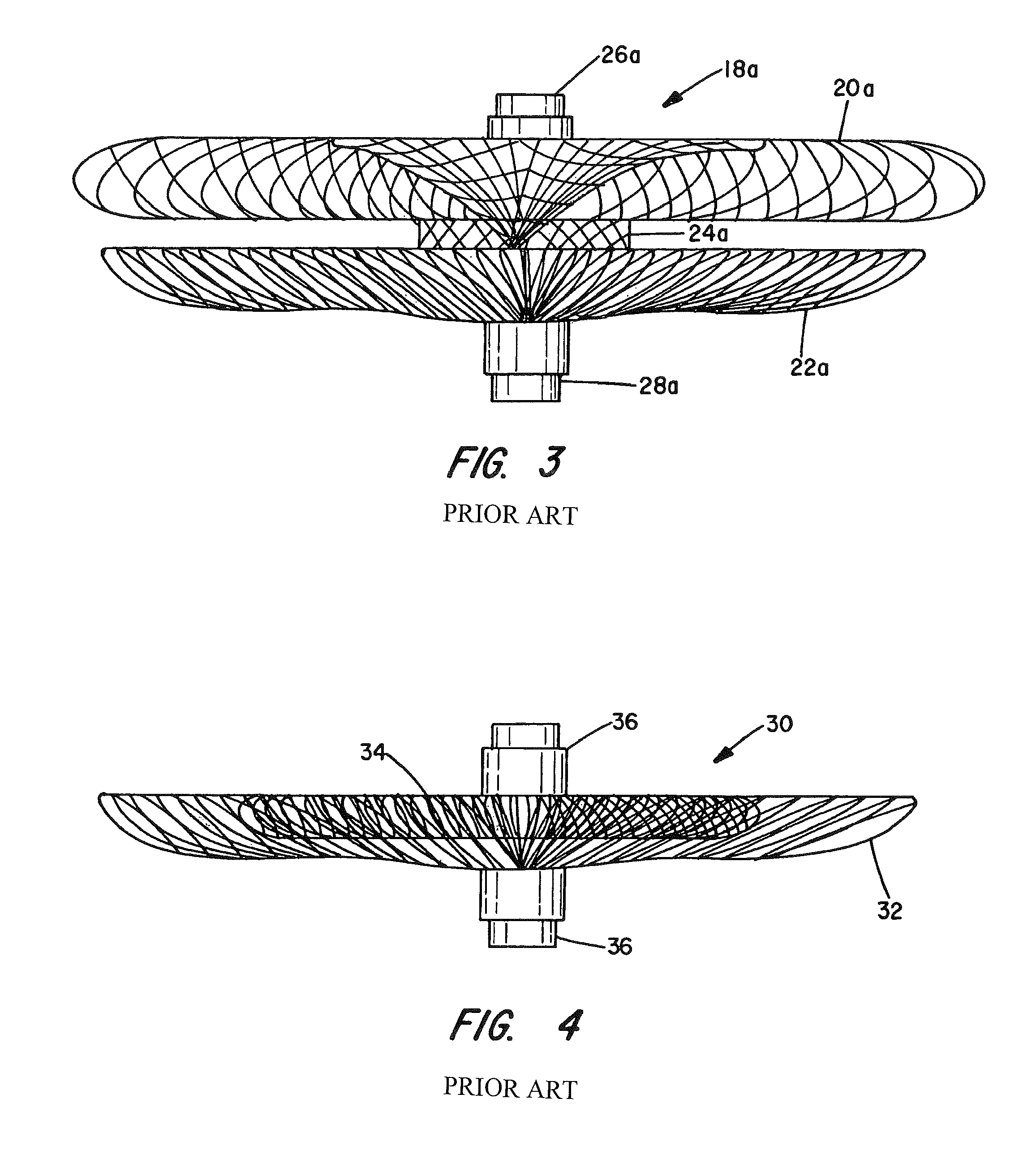Multi-component vascular device
a vascular device and multi-component technology, applied in the field of collapsible therapeutic intravascular devices, can solve the problems of pulmonary artery thickening, further complications, and closure of smaller pulmonary arteries, and achieve the effects of reducing lead time, reducing inventory, and being convenient to gather
- Summary
- Abstract
- Description
- Claims
- Application Information
AI Technical Summary
Benefits of technology
Problems solved by technology
Method used
Image
Examples
Embodiment Construction
[0062]The present invention provides vascular occlusion, filtering, flow restriction, or shunt devices made up of the assembly of at least two, of a number of selectable individual components, at least one component being of the type fabricated from metal strands braided into a tubular metal fabric (described below) having an expanded preset configuration and an elongated, collapsed reduced diameter configuration for delivery through a vascular catheter to a treatment site wherein the device is shaped to create an occlusion, flow restriction or shunt when placed in an opening in a body organ or vessel, the woven metal fabric having a memory property whereby the medical device tends to return to an expanded preset configuration when unconstrained.
[0063]The metal strands define two sets of essentially parallel generally helical strands, with the strands of one set having a “hand”, i.e. a direction of rotation, opposite that of the other set. This defines a generally tubular fabric, kn...
PUM
 Login to View More
Login to View More Abstract
Description
Claims
Application Information
 Login to View More
Login to View More - R&D
- Intellectual Property
- Life Sciences
- Materials
- Tech Scout
- Unparalleled Data Quality
- Higher Quality Content
- 60% Fewer Hallucinations
Browse by: Latest US Patents, China's latest patents, Technical Efficacy Thesaurus, Application Domain, Technology Topic, Popular Technical Reports.
© 2025 PatSnap. All rights reserved.Legal|Privacy policy|Modern Slavery Act Transparency Statement|Sitemap|About US| Contact US: help@patsnap.com



